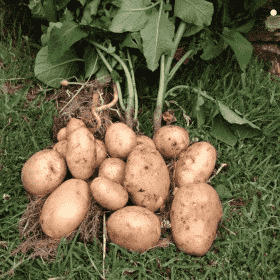Information report for PGSC0003DMP400041307
Gene Details
|

|
Functional Annotation
Family Introduction
Literature and News
Gene Resources
Sequences
Information report for PGSC0003DMP400041307
Gene Details
|

|
Functional Annotation
Family Introduction
Literature and News
Gene Resources
Sequences